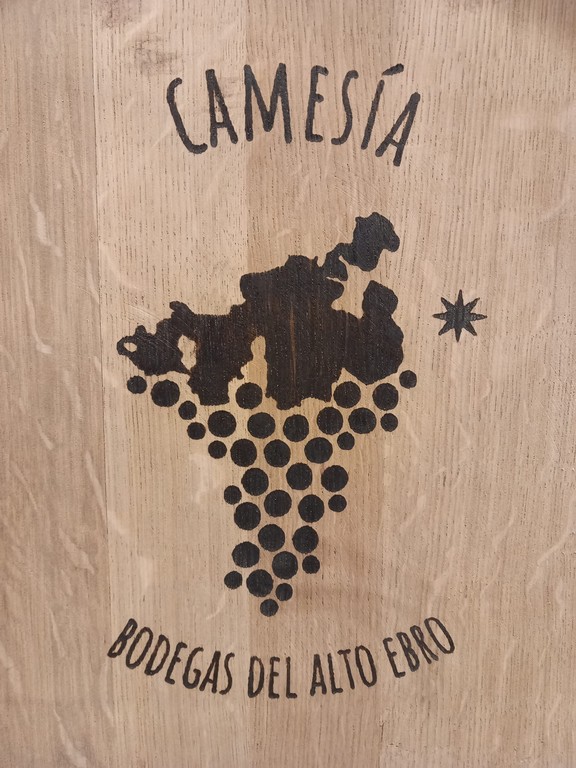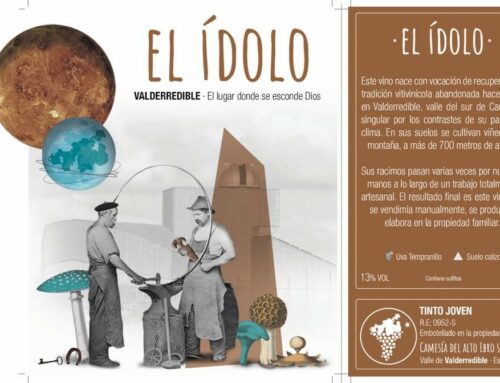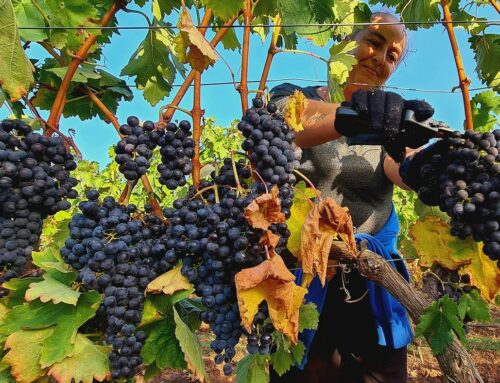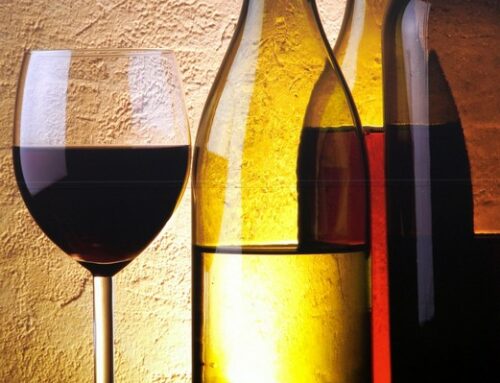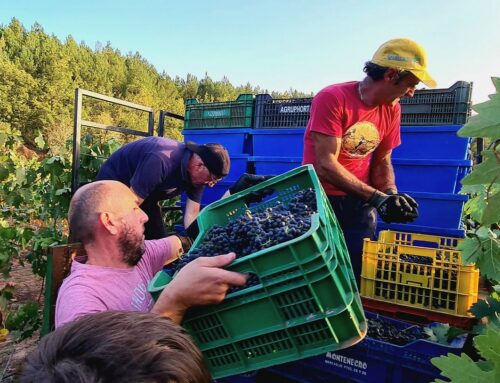The final closure
The cork, elastic and natural, does not allow the wine to escape from the bottle or oxygen to penetrate it. It is an ideal complement for the wine to be preserved correctly. But it is important to take care of it, as it does not last forever.
If in the middle of the 17th century, with the appearance of the glass bottle, the problems of transporting, storing and bottling wine were solved, there was still the problem of how to close the bottles.
At that time, each bottle had its own glass stopper, which was fitted with emery powder and oil and then tied with string.
In fact, the irregular profile of today’s neck (the top of the bottle’s neck) is reminiscent of this custom, a small step that prevented the string from slipping off.
The system was difficult and expensive, but it was solved by finding a fairly abundant material with the characteristics required by the winemakers: cork.
Cork is an impermeable material, with little or no porosity, so that external elements, mainly oxygen, cannot penetrate the inside of the bottle. In addition, it does not give off any odour or flavour that could be transferred to the liquid.
In fact, its splendid qualities as a limit to any liquid have been known since antiquity, although the happy marriage between the glass bottle and the cork is attributed to Dom Perignon, the famous monk of the abbey of Hartvillers who, in the 18th century, was able to turn the wines of his area into champagne in this way.
A protective shield
Cork is extracted from the bark of the cork oak (Quercus suber), a leafy tree, typical of warm, dry Mediterranean areas, which forms part of the holm oaks and oaks.
This tree has the particularity of forming this material around its trunk, which is not very permeable to gases and water, thus preventing too rapid evaporation of the moisture that is so scarce in its environment.
Portugal and Spain are the largest and practically the only cork producers in the world, not only because of the size of their cork oaks, but also because their climate is ideal for these trees to grow slowly and develop high-quality cork bark.
Each cork oak is stripped of its bark approximately every ten years and in the middle of summer. The material is left to dry in the open air for a further two years and, in order to disinfect it and make it thicker, it is placed in boiling water for three hours.
It is neither a complex nor a very expensive process, but in recent years, the increase in the cost of this element has been very evident.
The reason is quite simple: the production of quality wine on the planet is growing faster than the cork oak’s shirt. In fact, the scarcity of quality cork has increased the price of this material until the winemaker pays as much or more for the cork stopper than for the bottle. And for this same reason it is now common to see (although only in lesser wines) cork stoppers made of cork agglomerate or other synthetic materials that imitate the characteristics of cork. Great wines, of course, keep a good quality and good size cork.
Sizes and life expectancy
Cork sizes range from 45 millimetres, which is the size used for young wine bottles, to the generous 50 or 60 millimetres used for great wines.
This larger size used for aged wines is usually accompanied by a good general quality of the stopper with an obvious objective: that the cork remains in perfect condition for as long as possible (up to 25 or even 30 years).
But the cork, even if it has been in a bottle lying down and kept in the best conditioned cellar, is not eternal and with time it loses one of its most important properties: elasticity. That is why, when a serious collector has a bottle for decades, he usually uncork and re-cork it in an inert atmosphere and very carefully. Of course, if the bottle is to be sold (at auction, for example), the exchange will be carried out in the presence of a notary to avoid any loss in the value of the product.
On top of the cork there is a wrapper called a capsule, which has the task of offering the consumer the guarantee that the contents of the bottle arrive intact. In the early days, this seal was made of sealing wax, which later changed to lead. The toxicity of the latter material meant that, for several decades now, plastic and tin have been used almost exclusively.



